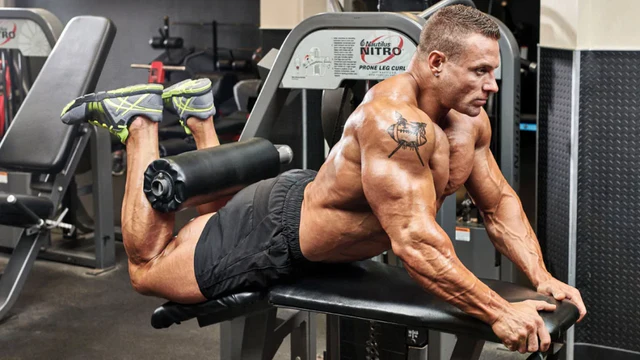To gain muscle in the legs it is necessary to emphasize two relevant aspects, diet and physical exercise. However, it is not a question of adopting strenuous routines, but about choosing activities that allow muscles to stimulate without affecting their resilience. I mean, they shouldn’t get over the physical.
However, although gym workouts are effective, they are not the only option to achieve good results. There are a series of exercises that can be practiced anywhere, without the need for specific tools. The important thing is to execute them properly to get the desired results.
Routing Exercises to Gain Muscle in Legs
First of all, it is essential to keep in mind that muscle growth is not achieved overnight. There are no routines or diets that allow muscle mass to gain miraculous muscle mass. Thus, the first thing to consider to gain muscle in the legs is that the effort must be constant and it must cover aspects beyond routine, such as diet and rest.
On the other hand, as explained in an article published in the International Journal of Environmental Research and Public Health, it is suggested to do about 3 series per exercise at beginner level and up to 6 series at advanced level. Each must include about 12 repetitions (minimum 8), applied with slow and controlled movements. Are you encouraged to do this routine at home?
1. Bulgarian Squat
The Bulgarian squatter is done with a single leg, while the other remains high on a bench or high surface. According to a study published in the journal Plos One, this exercise involves the muscle activation of the larger and medium buttock, femoral, semi-tendinous, and gastrocnem biceps, and of the vast medial and lateral.
In addition to the above, it involves working on balance and coordination, which also implies the work of the nucleus and the upper part of the body, which allows it to maintain the appropriate posture during its execution.

How do you do that?
- First, put one of your feet in a chair or on a not-very-high bench. Reload there the instep and take a step forward with the other foot.
- Then lower the back knee, so it’s a few centimeters from the ground. Hold the position for 2 or 3 seconds and go back to the starting position.
- The back must be upright at all times, and the movements must be slow.
- Once you gain resistance, you can do another level of difficulty by carrying weights in each hand.
You may be interested: Top 10 Glute Strengthening Exercises to Boost Your Performance
2. Squat with jump
Jump squat is an exercise that involves rapid movements. His goal is not only to help gain muscle in the legs but improve speed and power. It is stimulating in the routine, as it maximizes muscle contraction and strengthens muscle fibers.
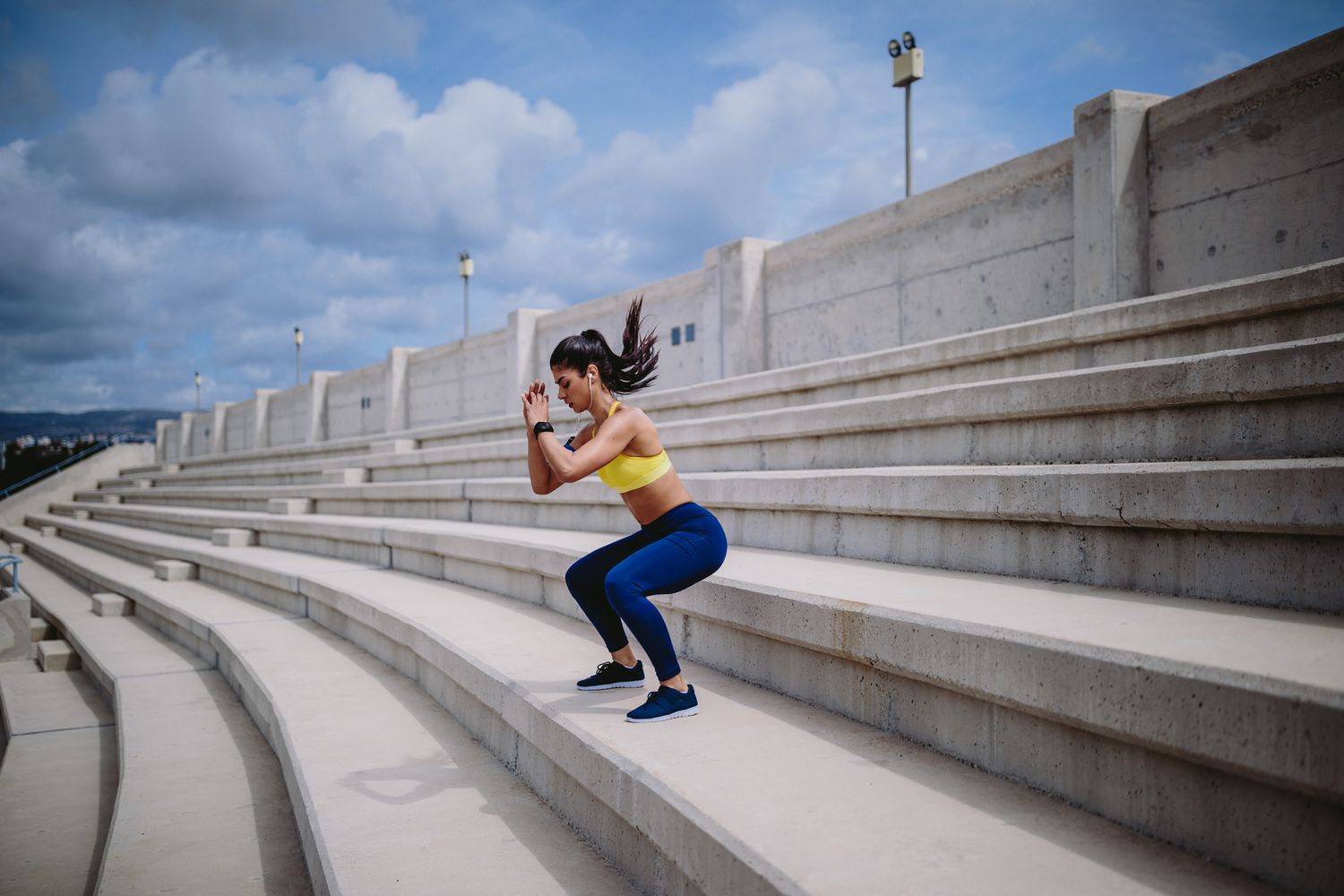
How do you do that?
- Separate your legs at the height of your shoulders. With your back upright and without losing your posture, lower your hip back.
- Then, when he goes up, he takes a little leap. Immediately, when he falls, go down in a seat to do another repetition and mitigate the impact on the knees.
- Performs 12 repetitions, for 3 or 4 series.
3. Thruster
In Spanish, this exercise is known as a propellant and is very popular in CrossFit routines. This is a combination of a front squat and a press over the head. Its particularity is that it allows almost all muscle groups to work integrally. Therefore, it will not only help you gain muscle in your legs but will strengthen the abdomen and upper body.
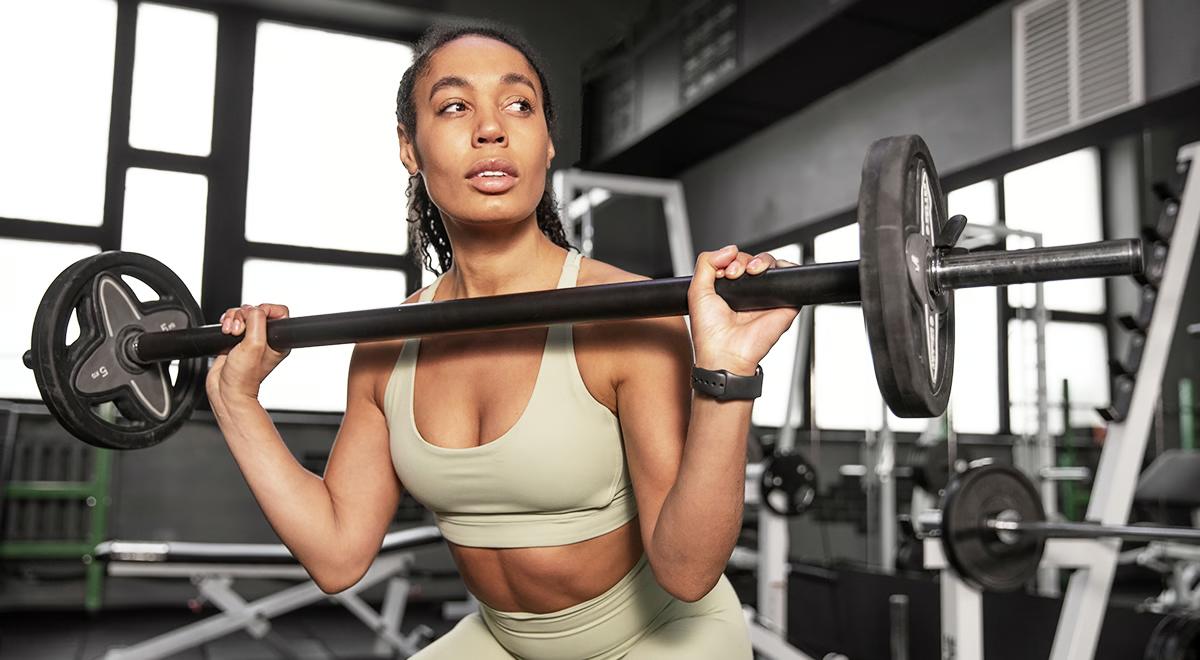
How do you do that?
First, get a little weight for each hand. If you don’t have weights, it can be bottles full of water or sand cans, for example.
- Once you have it, stand up, with your legs separated in parallel with your shoulders.
- Take the weights and alinéalas with your shoulders face to face.
- Then flex the legs, so that the upper legs are parallel to the ground.
- Push the body up and, without moving your elbows, press the dumbbows against your shoulders.
- Once you get into the initial position, stretch your arms to the ceiling and go back down to repeat.
4. Lunge back and forth
Lunge or stoke is a very complete exercise to work the lower part of the body. A study published in the Journal of Human Kinetics details that it is useful to increase the strength of the hip and knee extender muscles. Besides, he also works the calves.
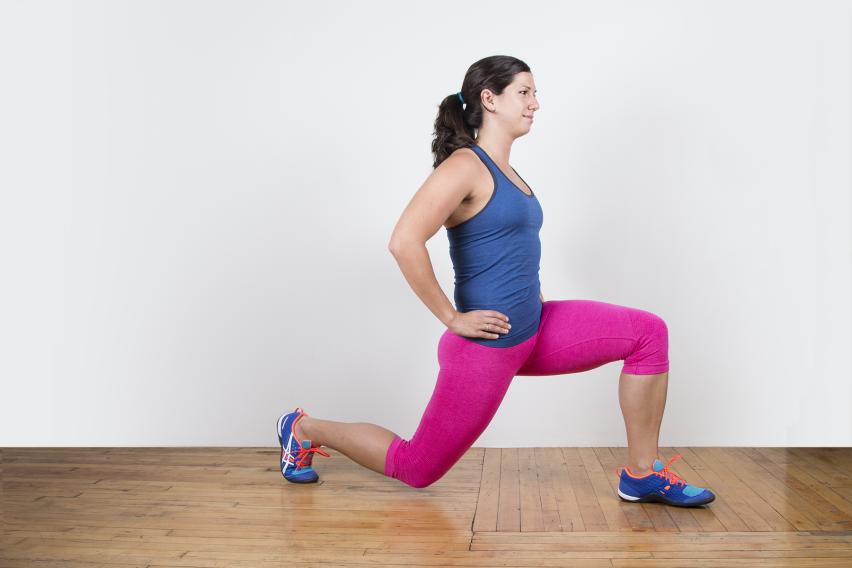
How do you do that?
- Standing, take a long step forward until the leg reaches a 90-degree angle.
- The rear knee will be parallel to the ground, a couple of centimeters away from it. Also, the front knee should not go beyond the toes.
- Now, take a step back to get back to the starting position. Repeat with one leg and the other, 10 or 12 times.
5. Frog squat
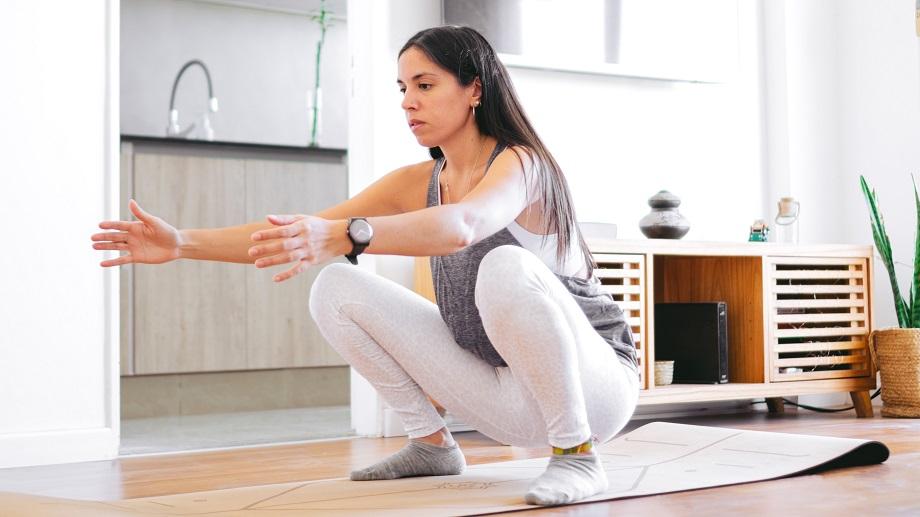
Frog squat or frog sat is an intermediate-difficulty exercise that allows twins to work better than with any other version of this exercise. Undoubtedly, an infallible activity in your routine to gain muscle in your legs.
How to do it?
- Start by standing, with your legs apart at the height of your shoulders, straight back, and upright head.
- Then flex the knees and carry your fingers to the ground, without folding your back.
- Keep your eyes up front and lower the body with a slow movement. The buttocks should back down, like imitating the movement of sitting down.
- You’ll get to a point where you squat, or at least until the thighs are parallel to the ground. Go back to the starting position with a slow movement and push with the heels.
- Instead of leaving the soles of the feet leaning on the ground, raise the heels a little to exercise the twins more intensely.
- Now, repeat the movement 8 to 12 times.
Winning muscle in the legs and not dying in the attempt
Getting muscular and defined legs is the result of multiple efforts. In this sense, it is not enough just to exercise regularly. Not to die in the attempt, it is best to put into practice other healthy habits, such as a complete and balanced diet.
The foods most recommended to achieve this goal are as follows:
- Lean meat, like chicken breast, pork lone, and tilapias.
- Dairy products such as natural yogurt, low-fat milk, and cheese.
- Whole grains.
- Fruits like watermelon, berries, and bananas.
- Vegetables such as spinach, cucumber, zucchini, and mushrooms.
- Seeds and nuts.
- Legumes, like beans and lentils.
- Olive oil, coconut, and avocado oil.
Ultimately, the importance of sleep and rest must be borne in mind. As one study shared in the journal Medical Hypotheses explains, not sleeping well is associated with muscle mass loss and muscle repair difficulties after exercise-induced damage. Therefore, care must be taken to sleep between 7 and 8 hours a day without interruption.
It is also necessary to take breaks between routines since excessive exercise causes fatigue and a higher risk of injury. Other factors such as avoiding stress, smoking, and alcohol are also important. Please note.
